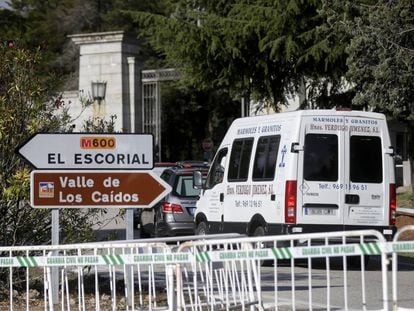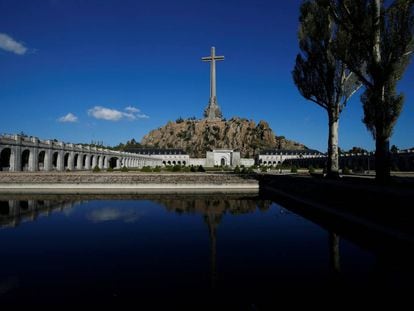Who are the other dictators buried in Madrid?
In addition to Francisco Franco, the Spanish capital is the resting place of four other autocrats, including Rafael Trujillo from Dominican Republic and Fulgencio Batista from Cuba
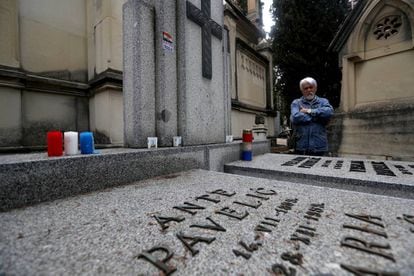

The exhumation of the late Spanish dictator Francisco Franco from the controversial Valley of the Fallen monument, northwest of Madrid, has been the object of intense scrutiny. But less attention has been given to the four foreign dictators who are also buried in the Spanish capital.
The oldest burial ground in Madrid, San Isidro cemetery (which dates back to 1811), is the resting place for two autocrats. The first is General Fulgencio Batista, the former president of Cuba, who governed the Caribbean island with an iron fist from 1952 until 1959, when he was ousted by Fidel Castro. Batista tried to hold on to power by torturing and murdering his opponents. He is buried beside his wife and son under a plain granite tombstone, adorned by nothing more than a boxwood shrub. Neither the Cuban flag or its colors mark the grave of the dictator who, after his ouster, “spent the rest of his life talking about Cuba and dreaming of returning, at least once before his death,” says his son Bobby Batista by telephone from New York, adding that there is only a “very remote” possibility that his father’s body will be repatriated to Cuba.
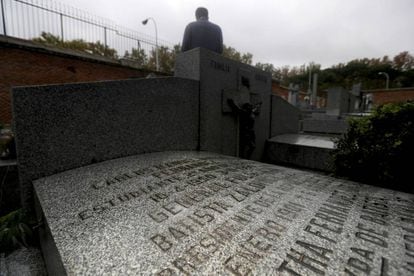
According to Bobby Batista, Franco initially refused to give Batista political asylum in the beginning of 1959. But after the political maelstrom, the dictator relented and gave him a visa. Batista lived in Estoril in Portugal, which at the time was ruled by the dictator António de Oliveira Salazar, and traveled regularly to Spain, where, Bobby says, the government always gave him two security guards for protection. “General Franco treated my father very well,” he adds. Fulgencio Batista died in Marbella, in the south of Spain, in 1973 and was buried in San Isidro.
In another section of the same cemetery lies the grave of someone whose name probably means little to many, but is the source of great pain to others: Ante Pavelić.
Pavelić was the head of the Independent State of Croatia (1941-1945), a fascist puppet state of Nazi Germany, but no less brutal. According to Hrvoje Klasić, a history professor at the University of Zagreb, between 200,000 and 300,000 people were killed under Pavelić’s regime.
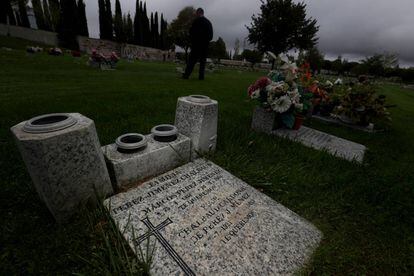
The following scene gives an insight into the dictator’s style of rule. The German-Italian journalist Curzio Malaparte was interviewing Pavelić in his office when he noticed a basket with the lid half-off. Malaparte thought the contents were fresh molluscs and asked the dictator if they were oysters. According to the journalist, “Pavelić took off the lid [and] took out a handful of viscous and gelatinous oysters, and giving me one of his smiles filled with kindness and weariness, said: ‘This is a present from my loyal Ustache [Croatian ultranationalist fighters]: 20 kilos of human eyes.”
After the Allied Forces defeated Germany, Pavelić managed to escape to Argentina, where Army General Juan Perón was serving as president. He suffered an attack on his life in 1955, and two years later was granted asylum by Franco’s Spain. Pavelić died in 1959. The last time he left the house was to visit the recently-opened Valley of the Fallen.
Around 30 kilometers north of here, at La Paz cemetery, lies the grave of Venezuelan dictator Marcos Pérez Jiménez, who ruled between 1952 and 1958 and was praised by the Franco-controlled press for his economic development policies, to which he added political repression and corruption. He fled to Santo Domingo so quickly that “he forgot a suitcase with $13 million in cash on the runway,” according to Argentine journalist Tomás Eloy Martínez, and was later extradited by the US to Venezuela, where he was sent to prison. After being released in 1968, he moved to Madrid, where under the protection of Franco, he enjoyed a life of luxury. Pérez Jiménez died in 2001 in his home in the upscale Madrid neighborhood of La Moraleja.

At El Pardo-Mingorrubio cemetery, where Franco’s remains are being reburied, the notorious Dominican dictator Rafael Leónidas Trujillo is buried in an ostentatious black pantheon. Trujillo, who ruled the Caribbean island for 30 years, was shot and killed in 1961 when his car was ambushed on a road outside the capital, Santo Domingo.
He was buried in the Dominican Republic until his family, fearing his grave would be vandalized, sent his remains to the Père-Lachaise cemetery in Paris. Trujillo’s coffin was then moved to Spain in 1970 to be buried in the pantheon of his son Ramfis, who had died months earlier in a car crash. Now, Franco and Trujillo will rest together in the same cemetery, not far from Pavelić, Batista and Pérez Jiménez.
English version by Melissa Kitson.
